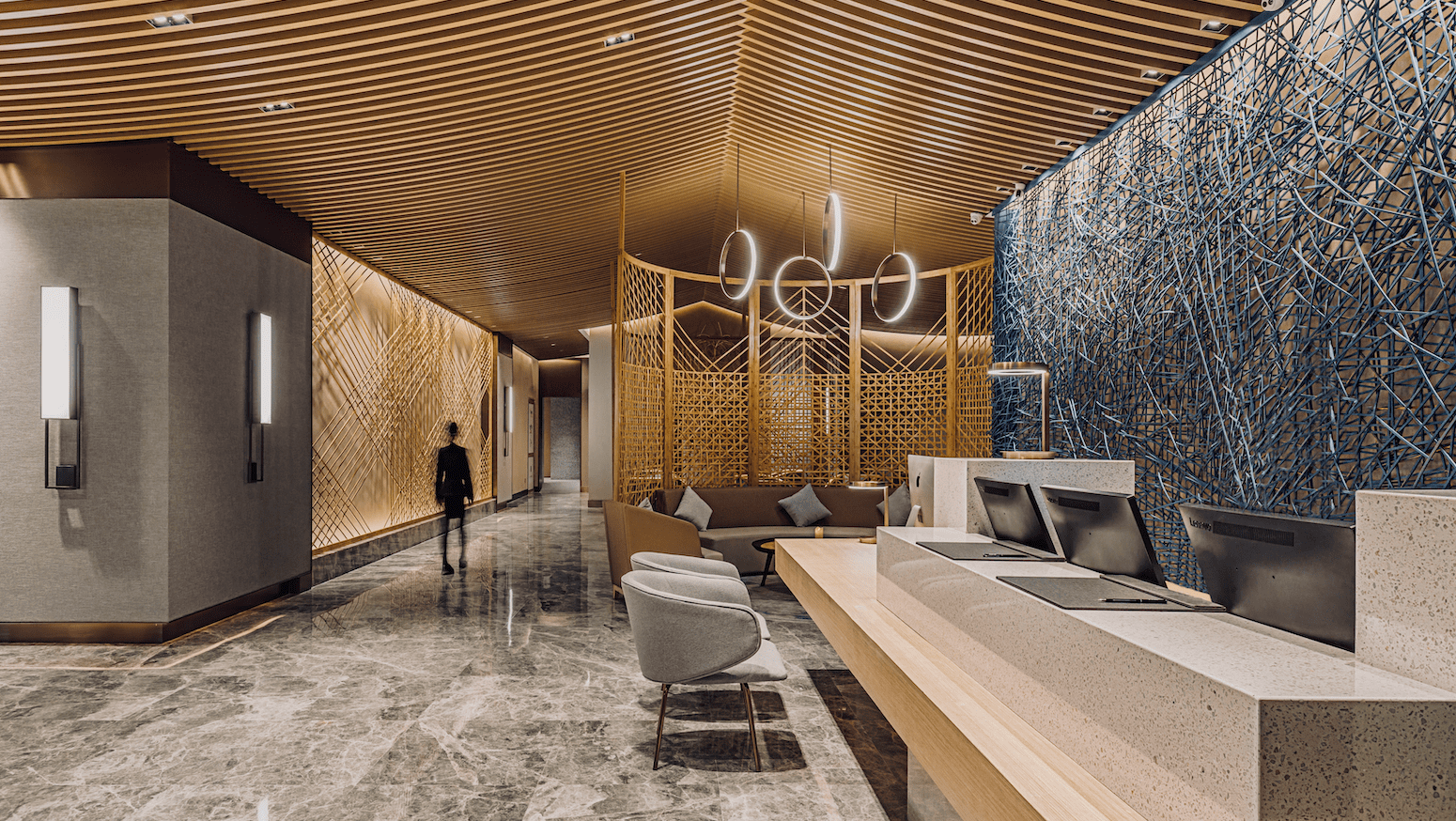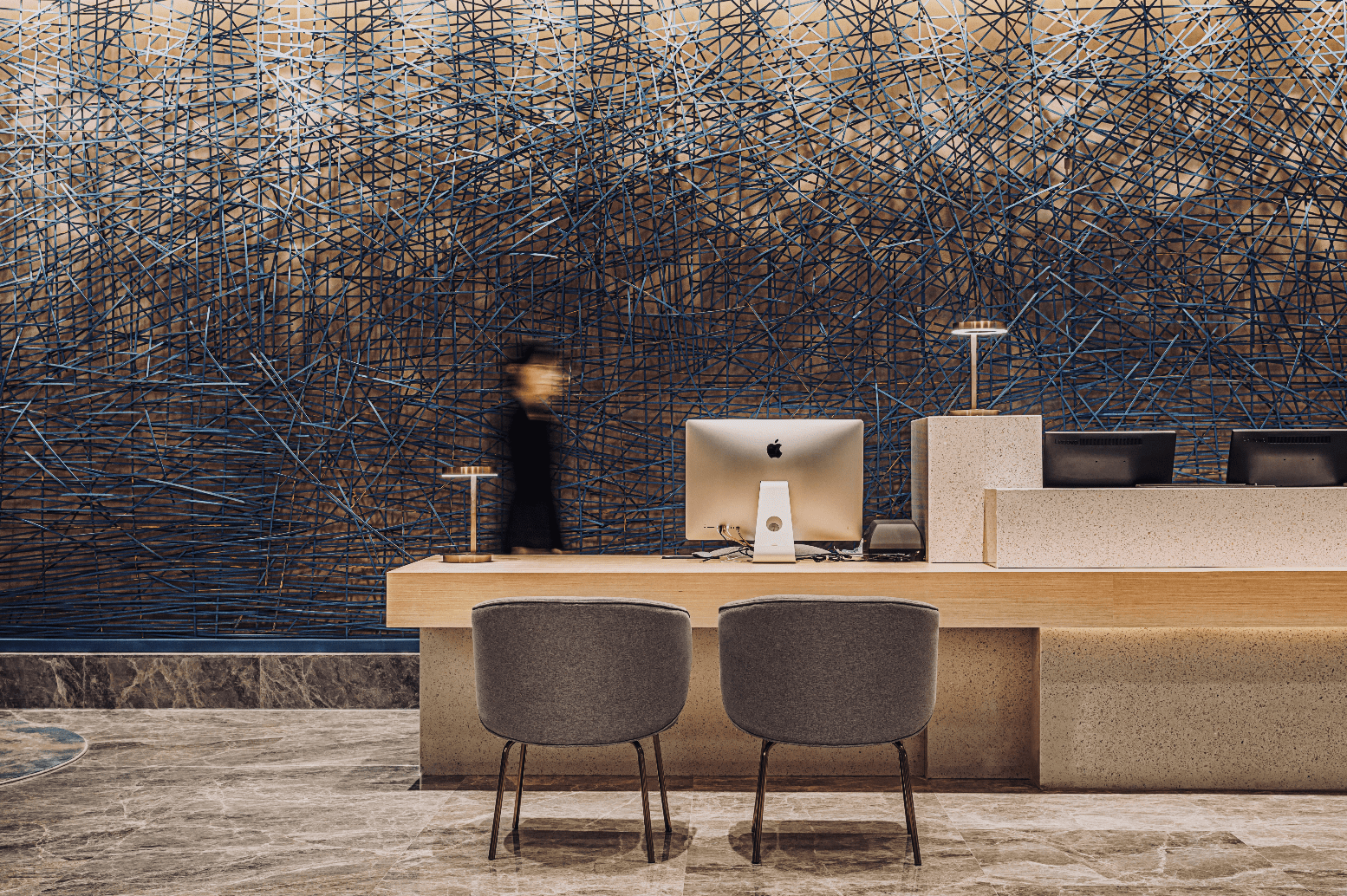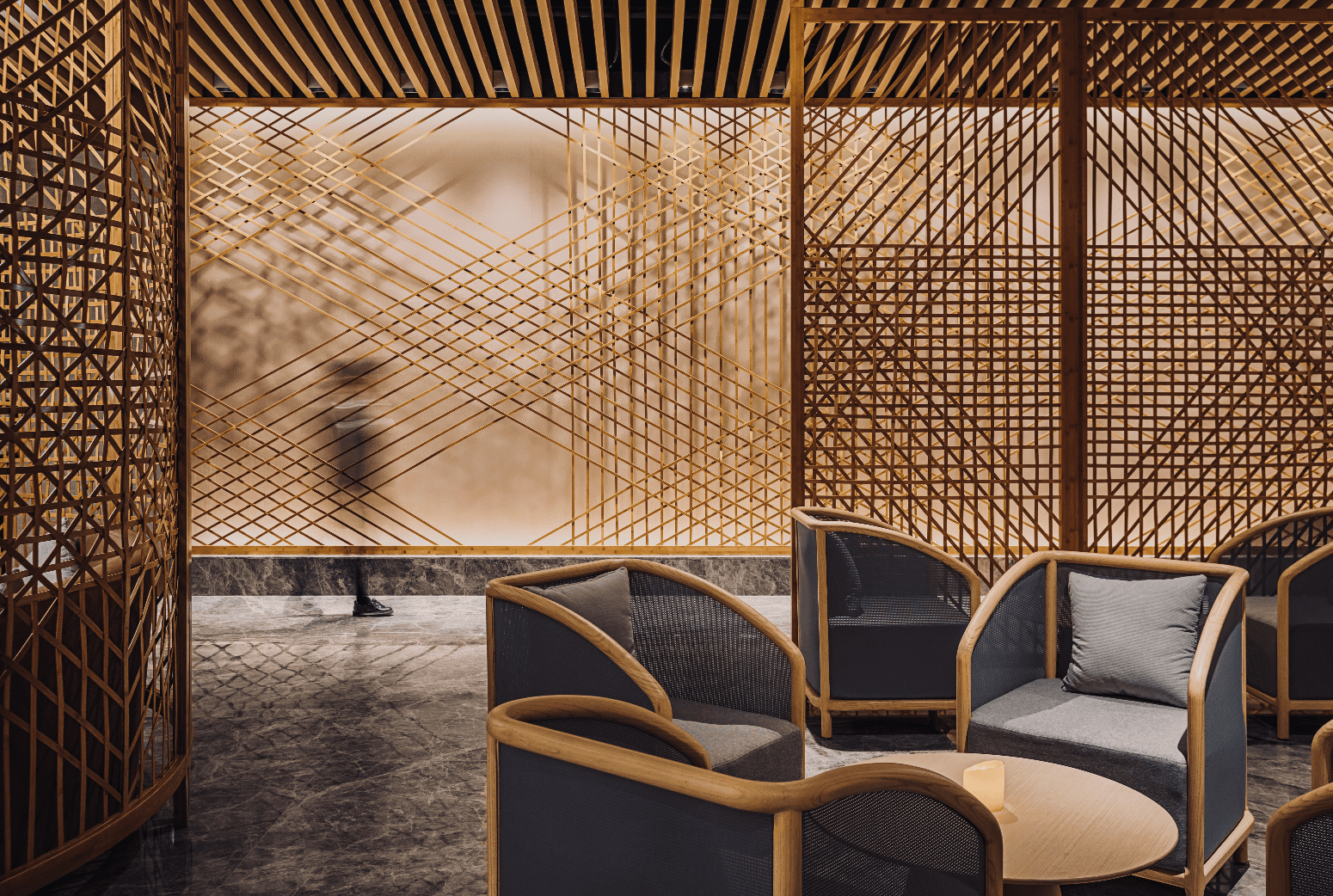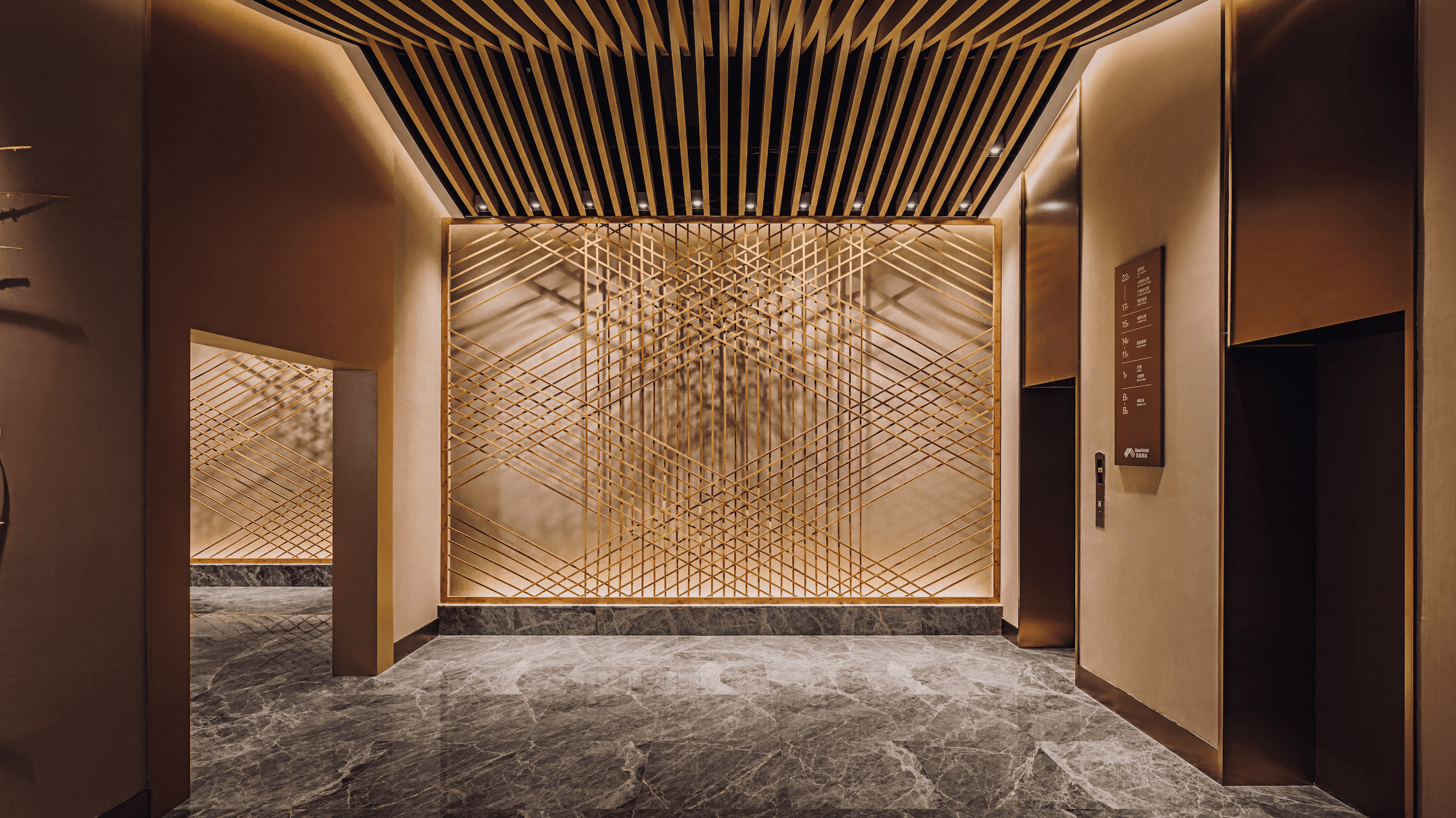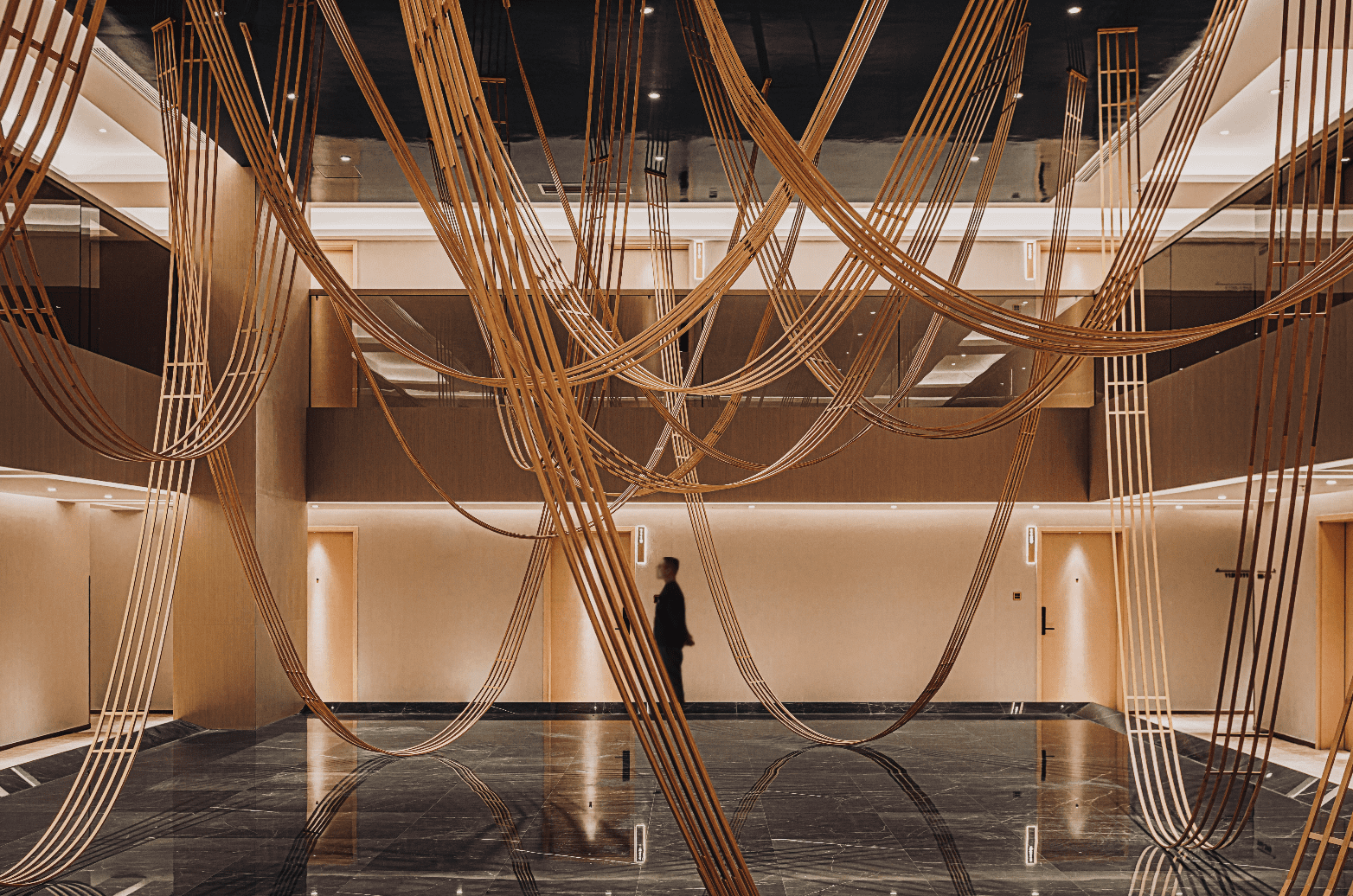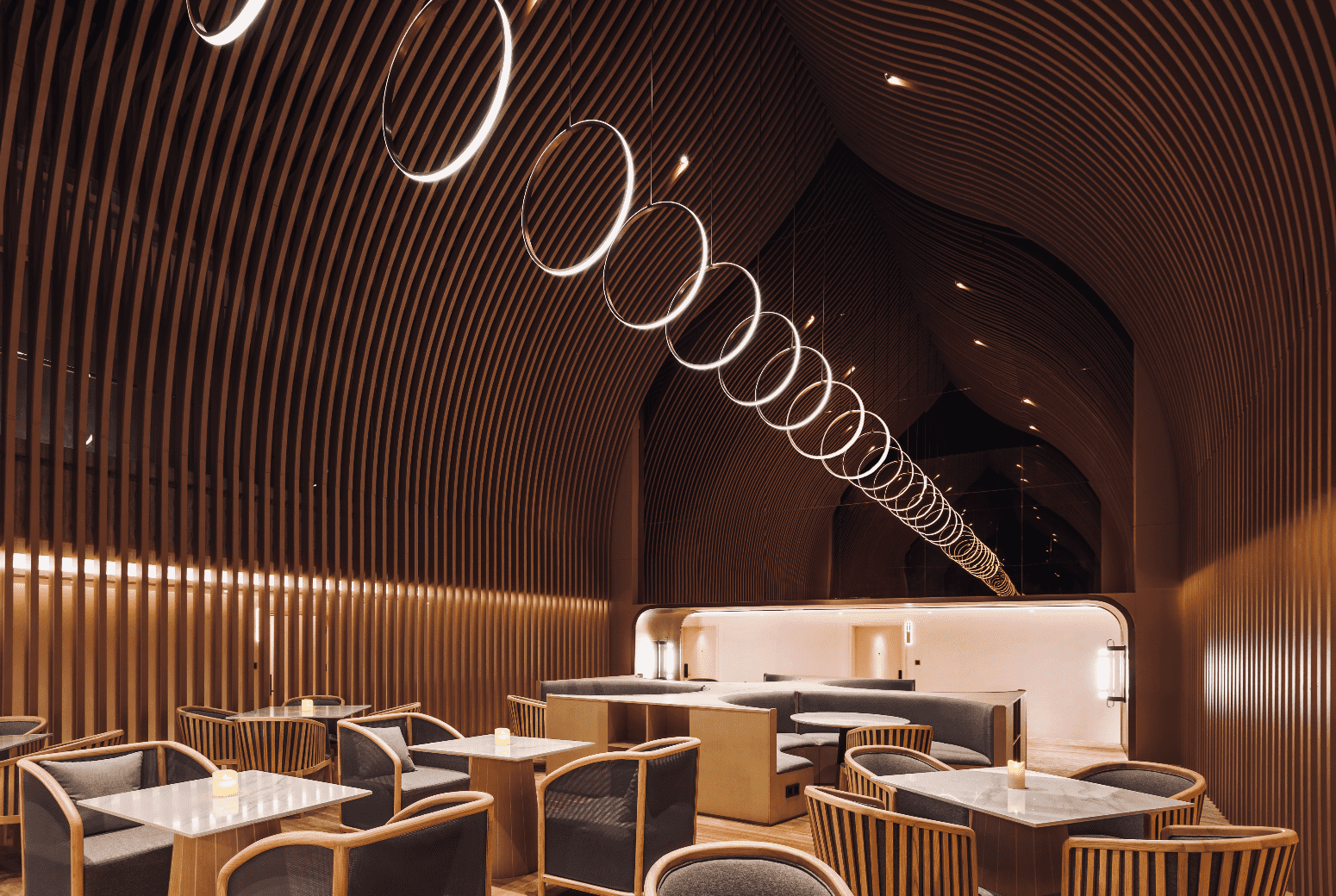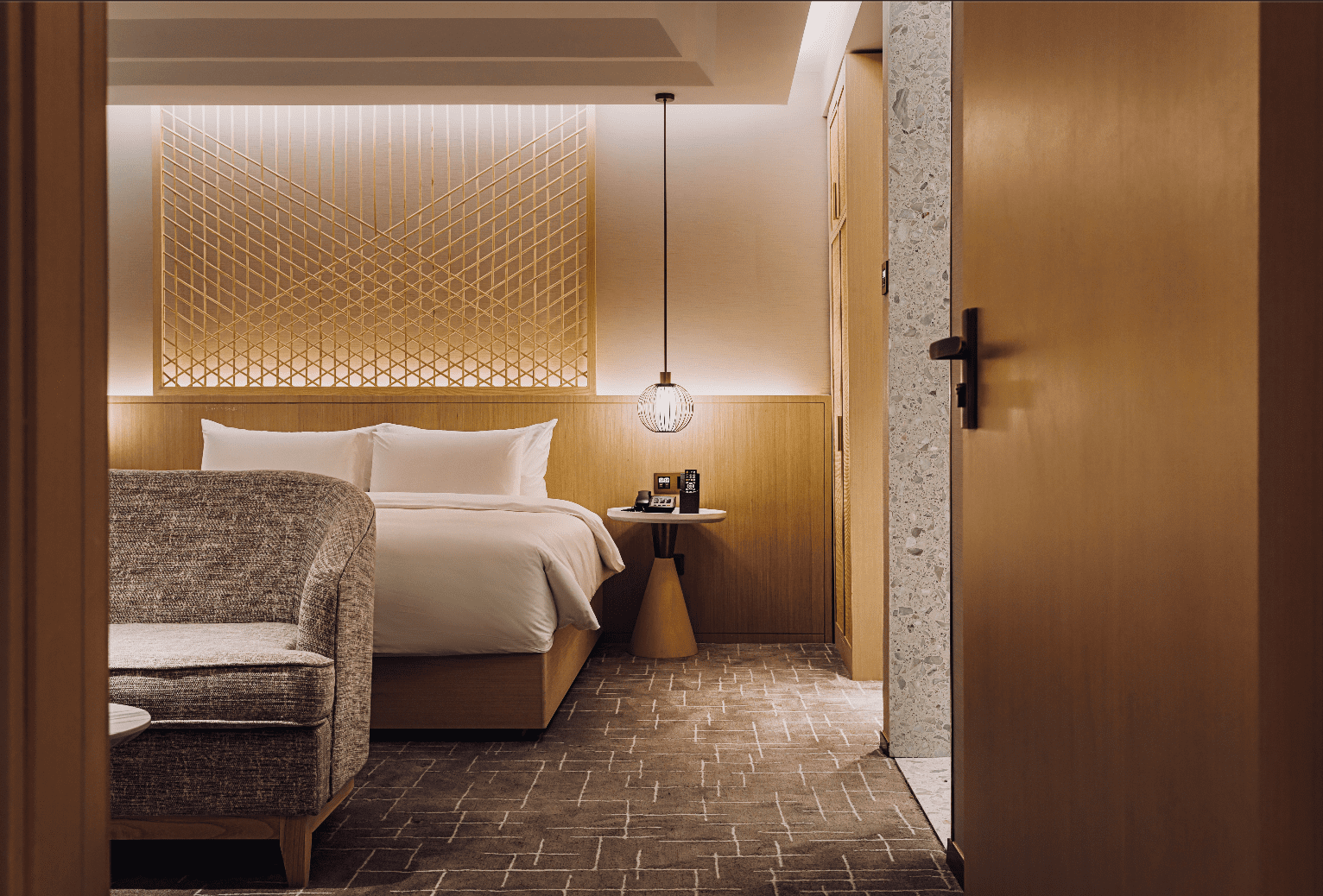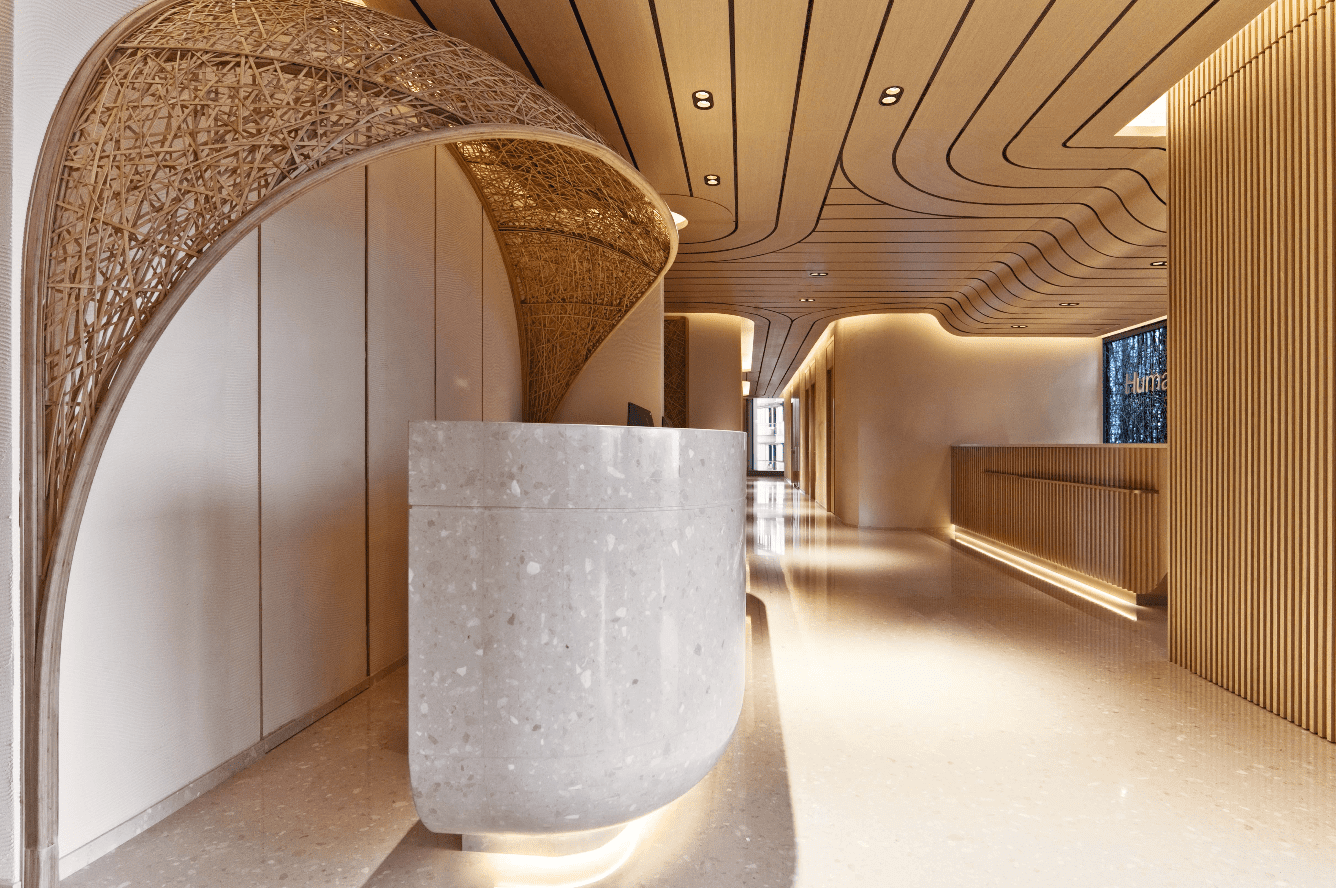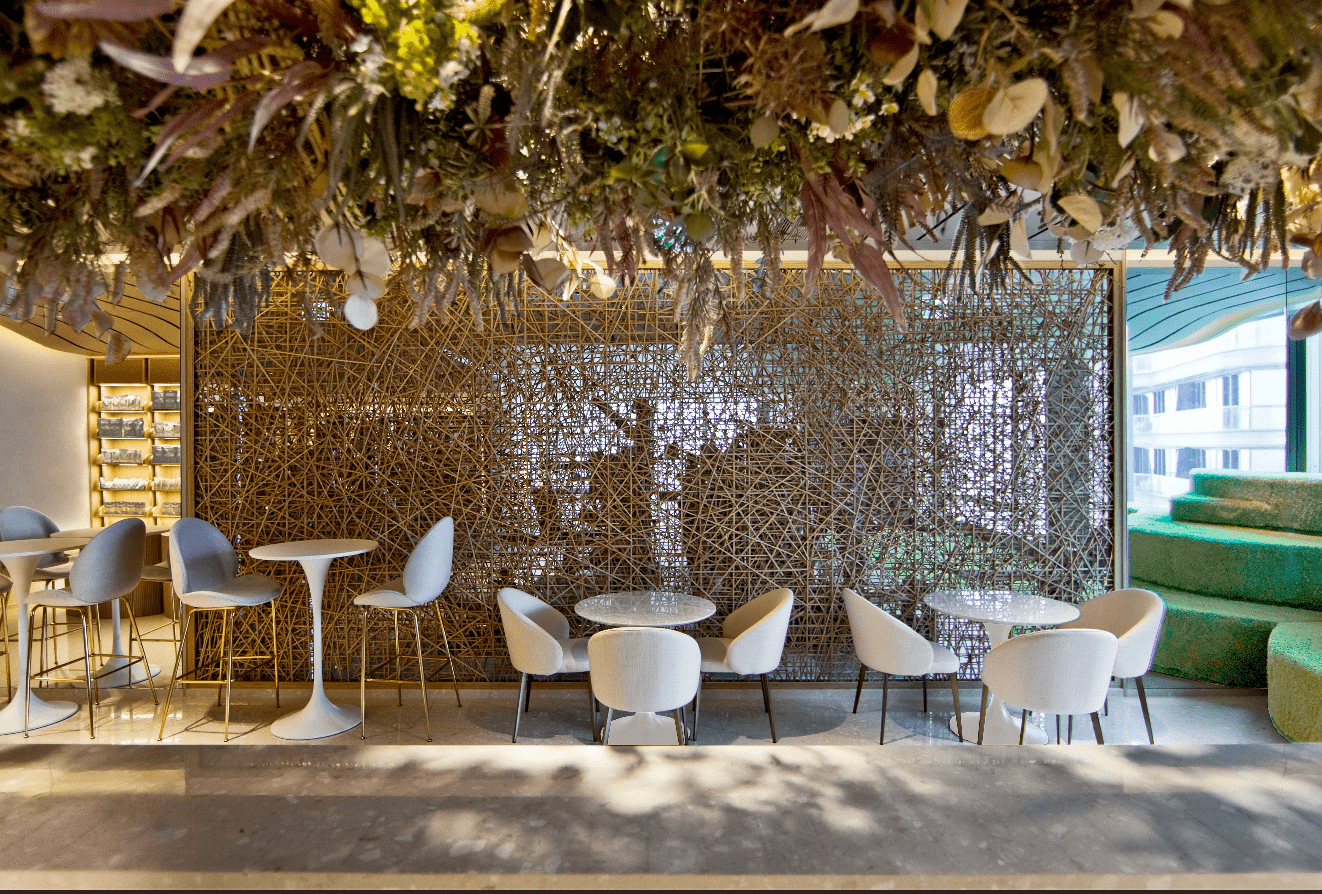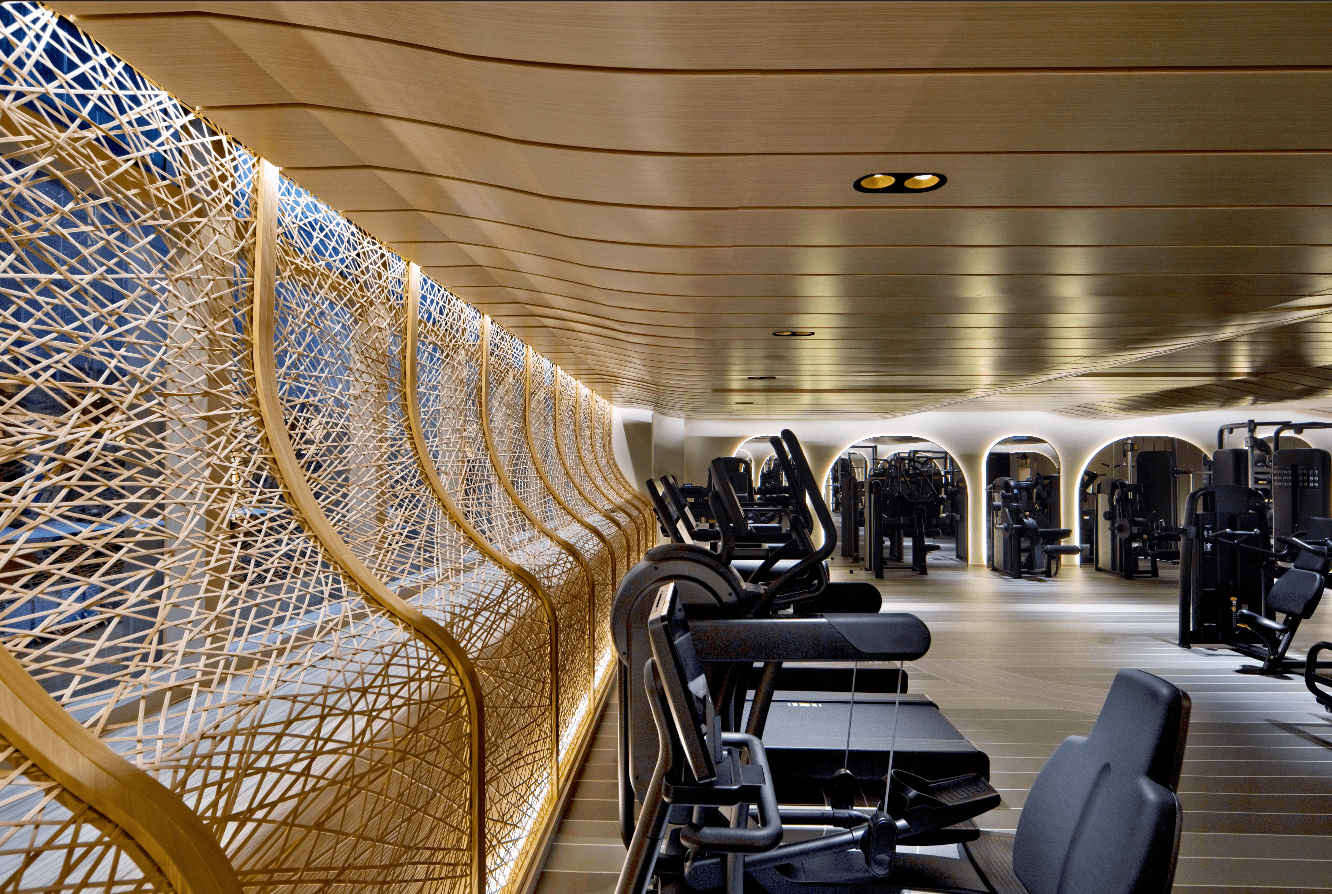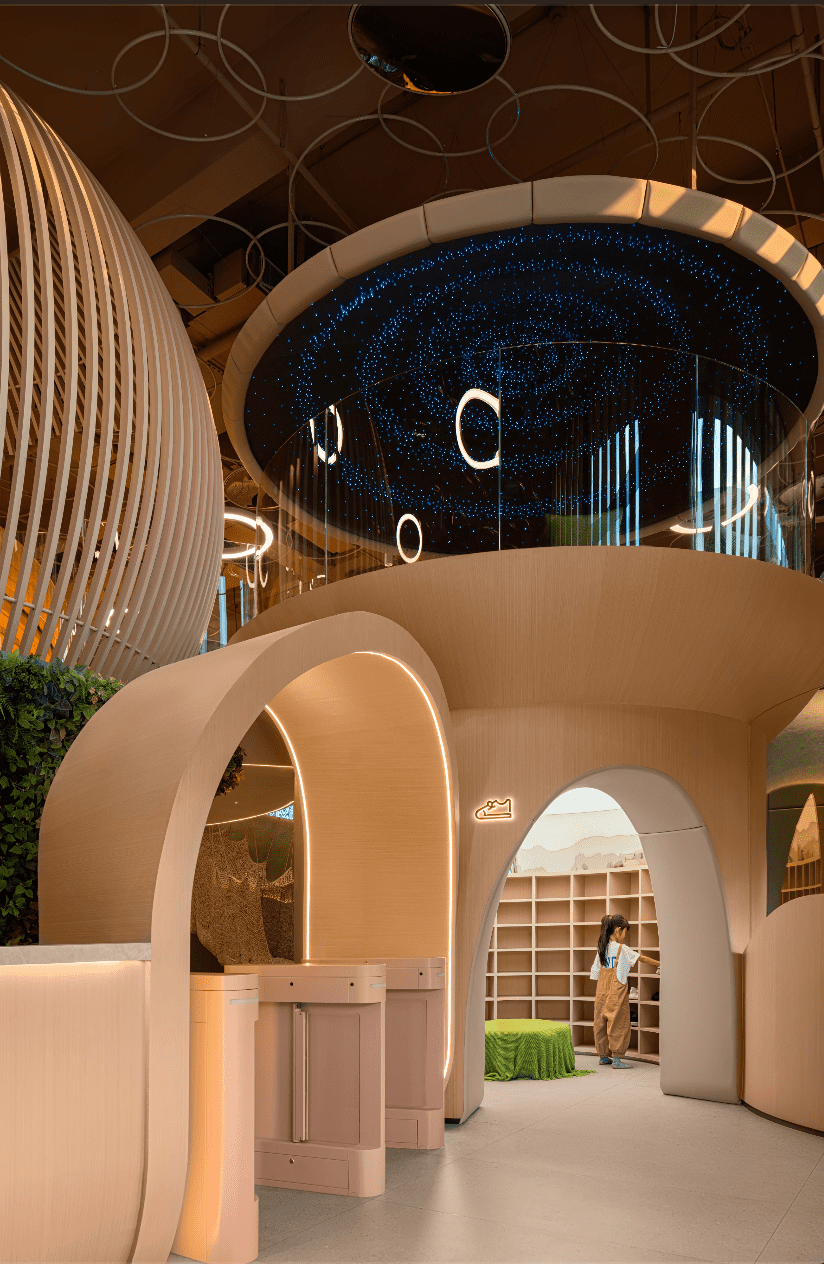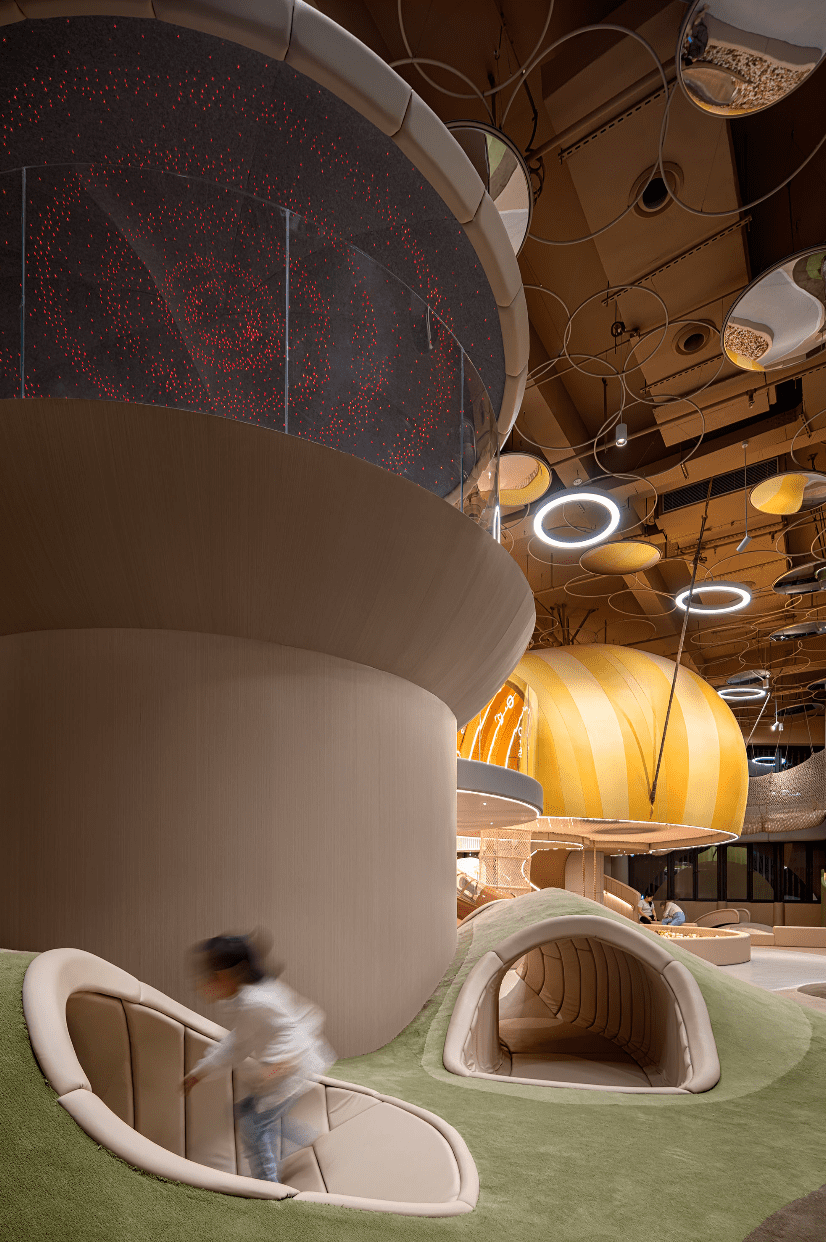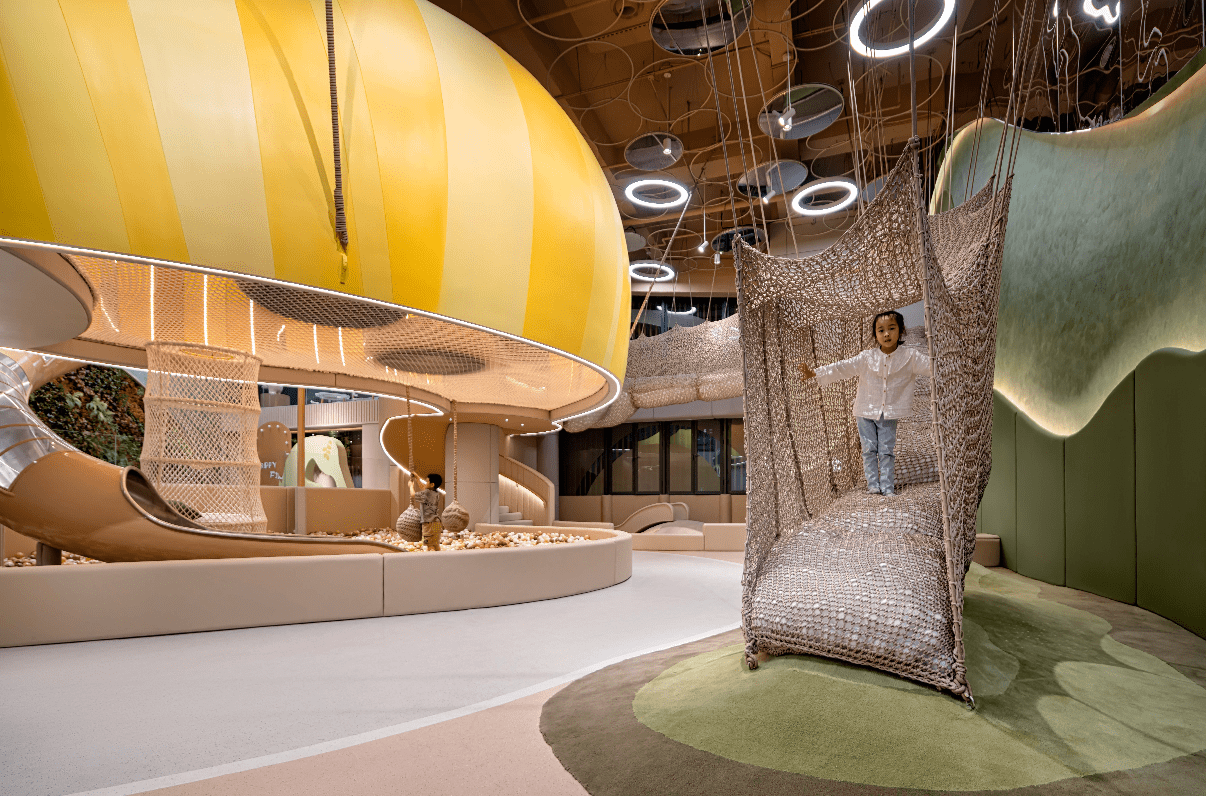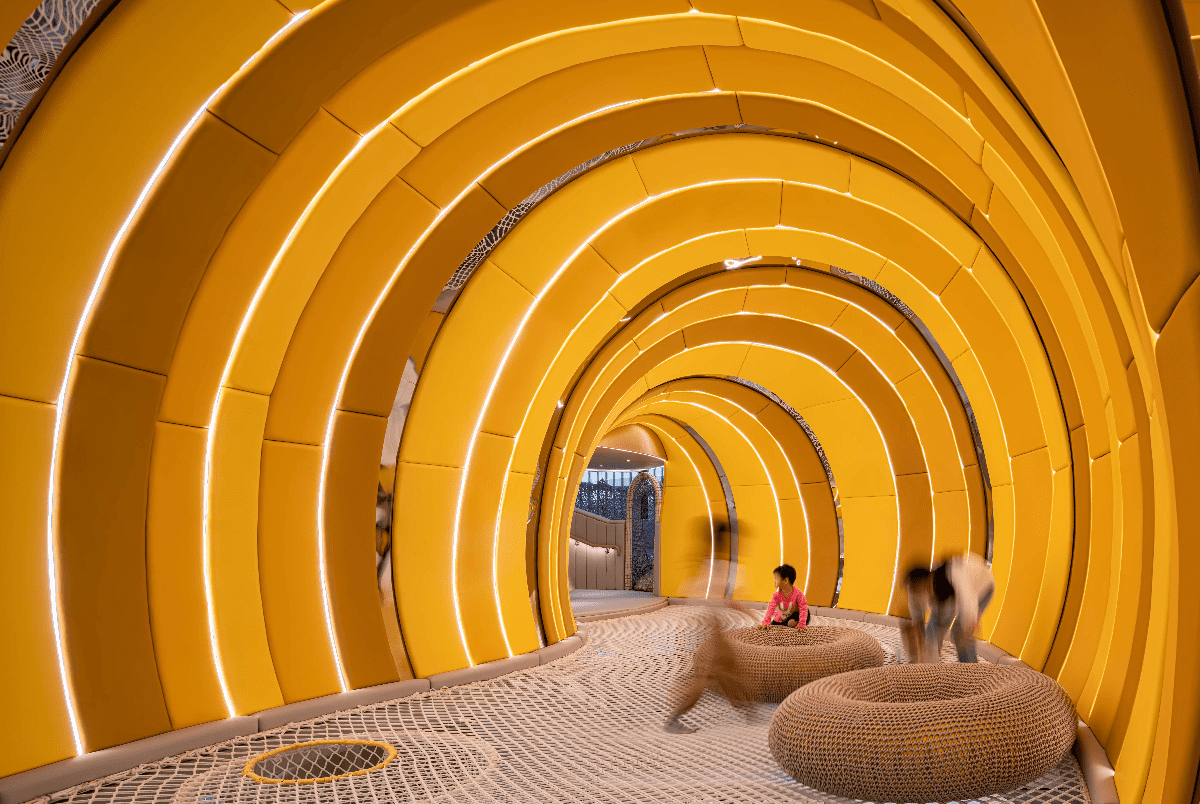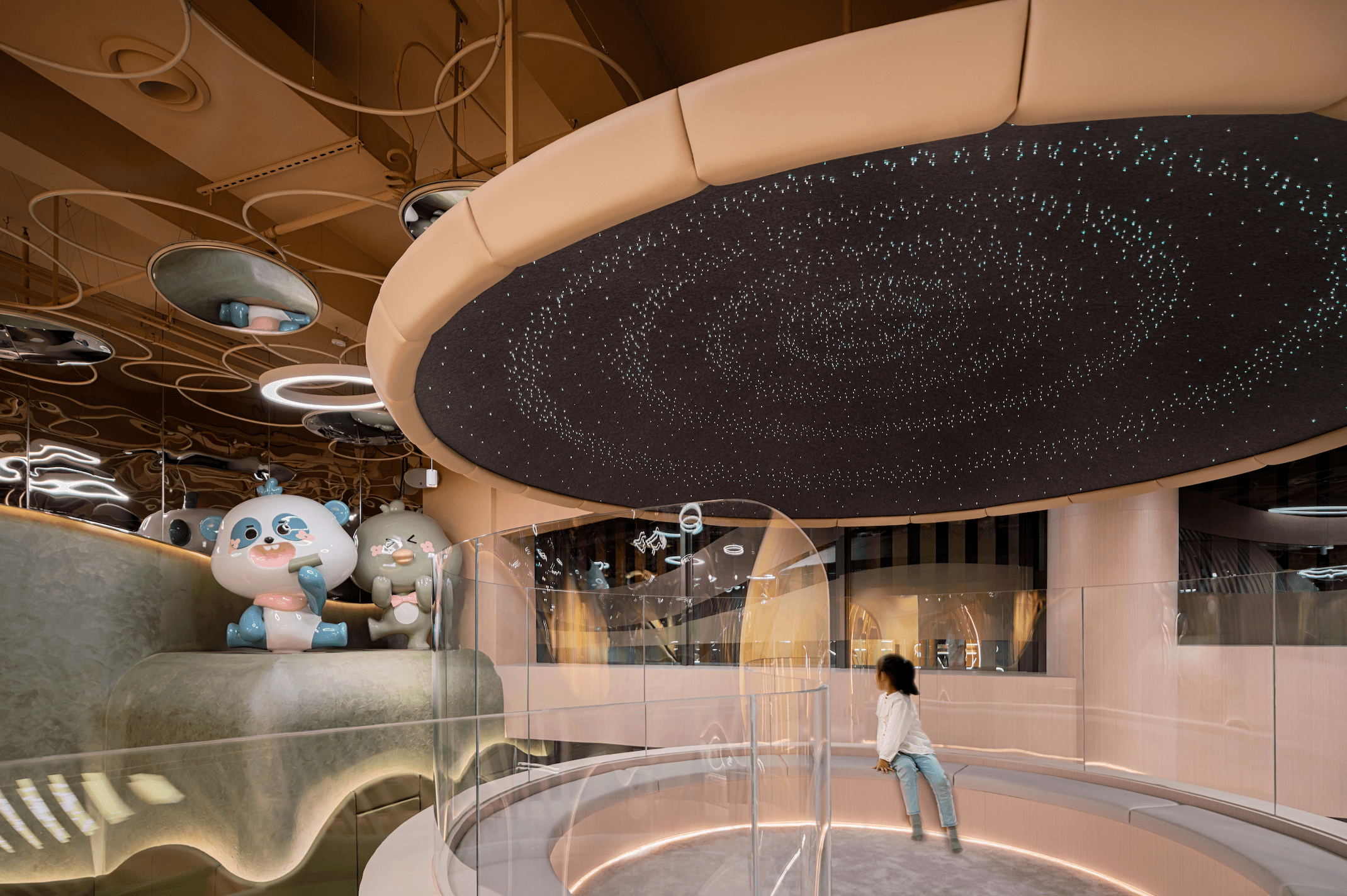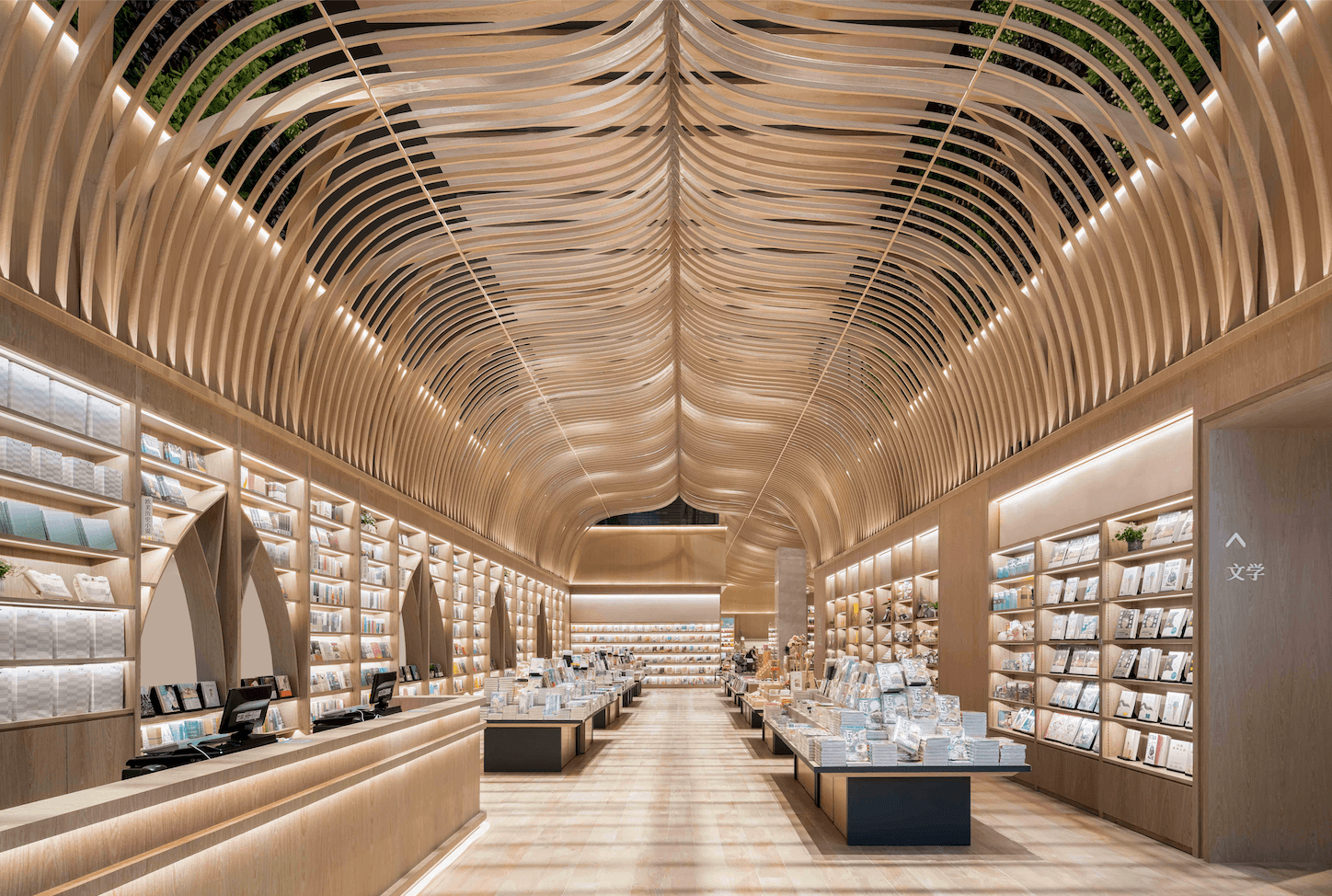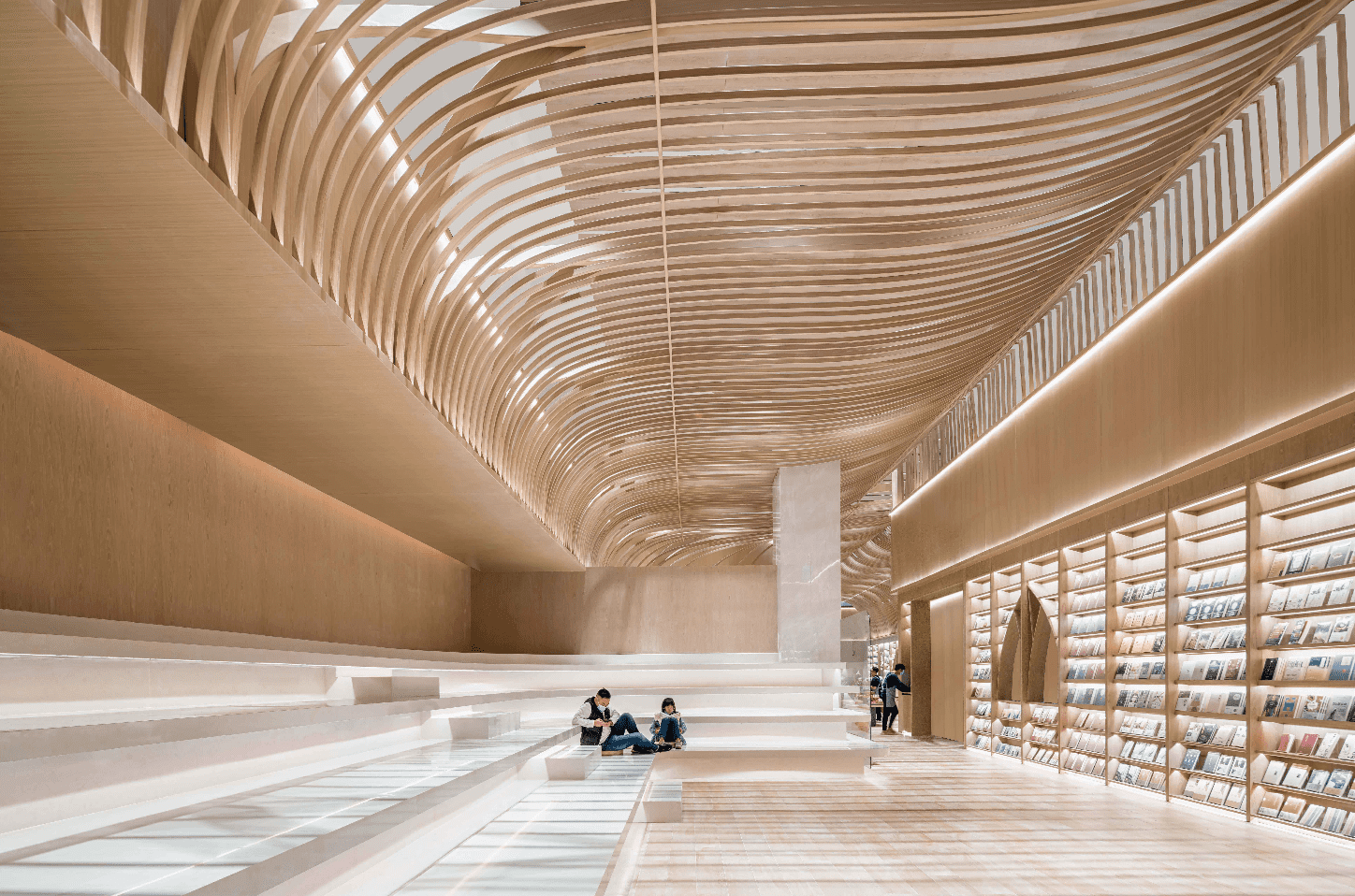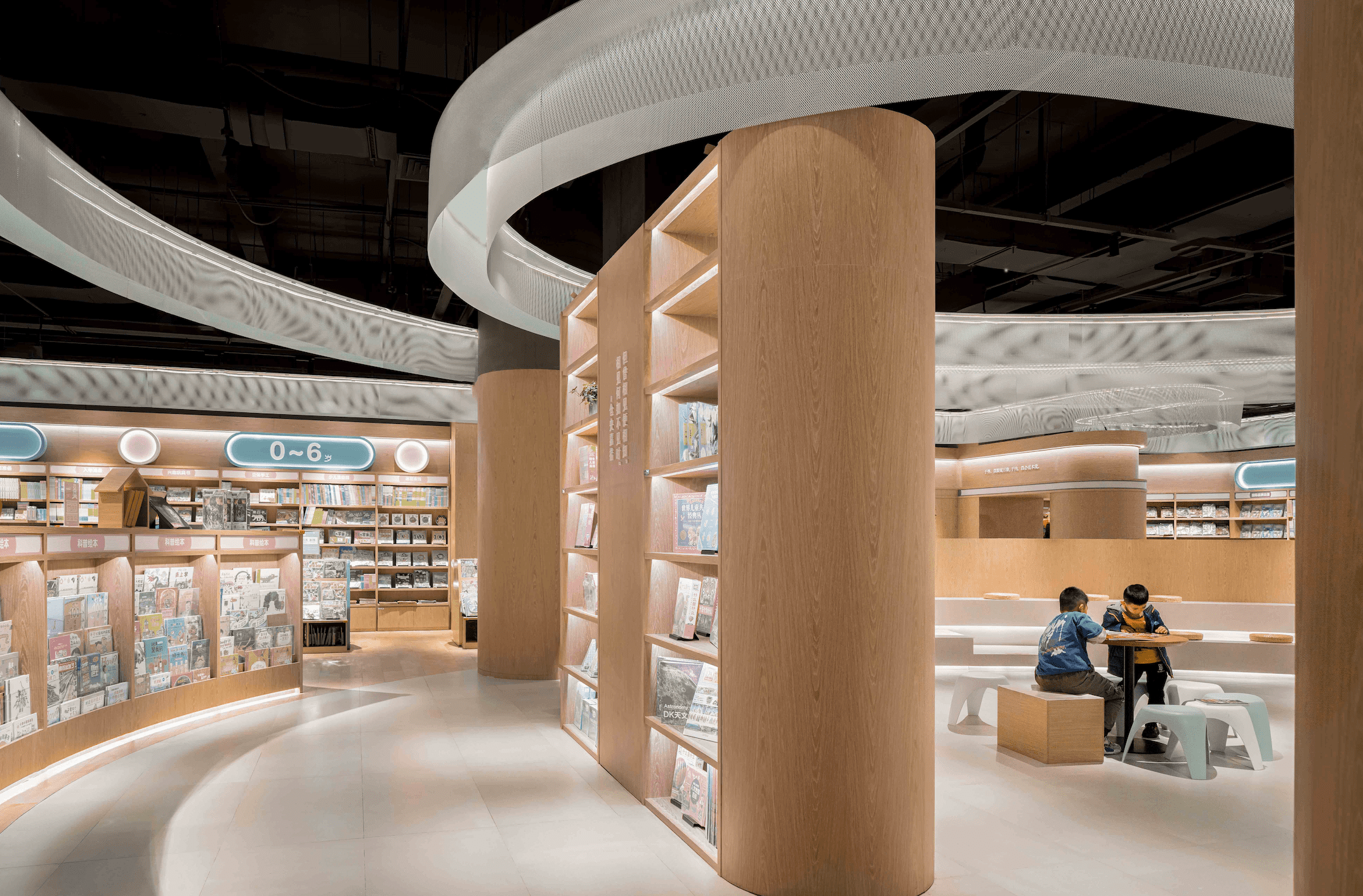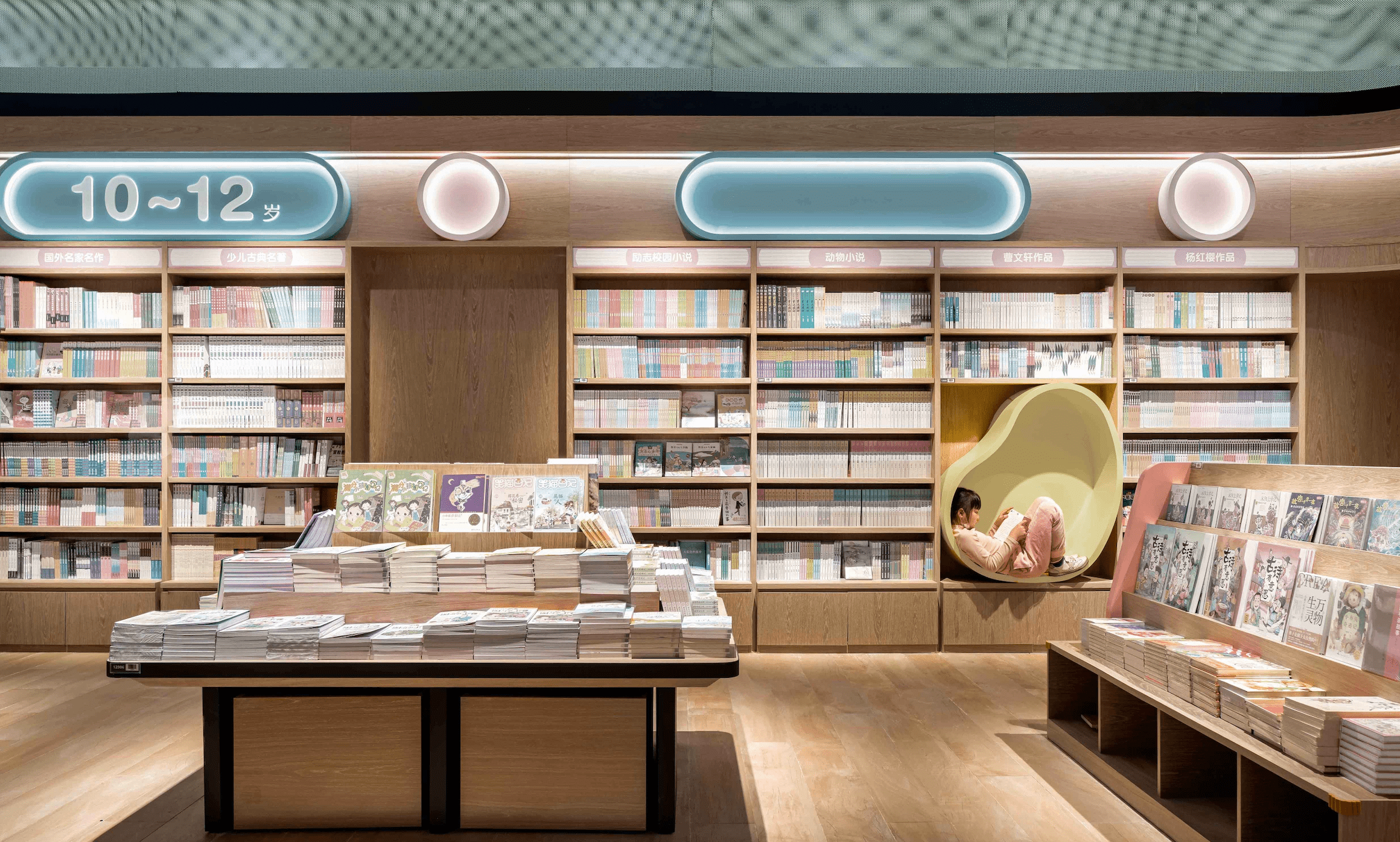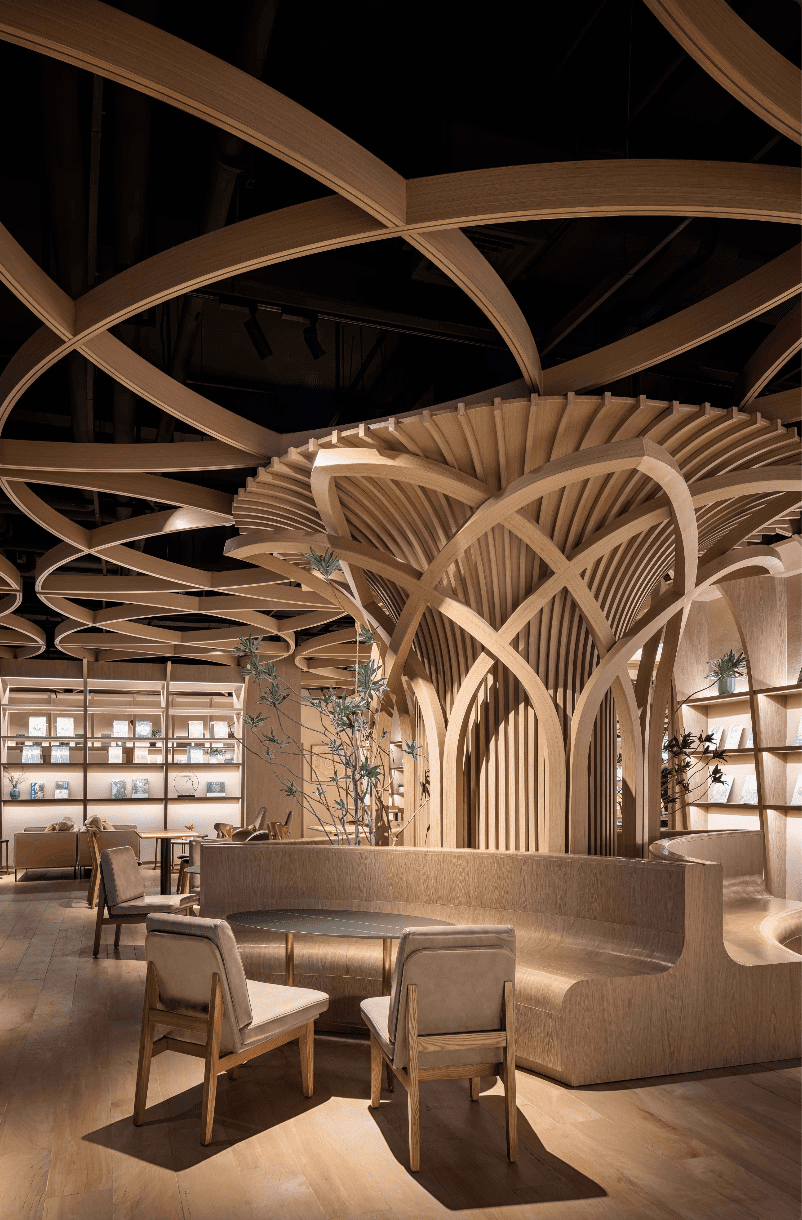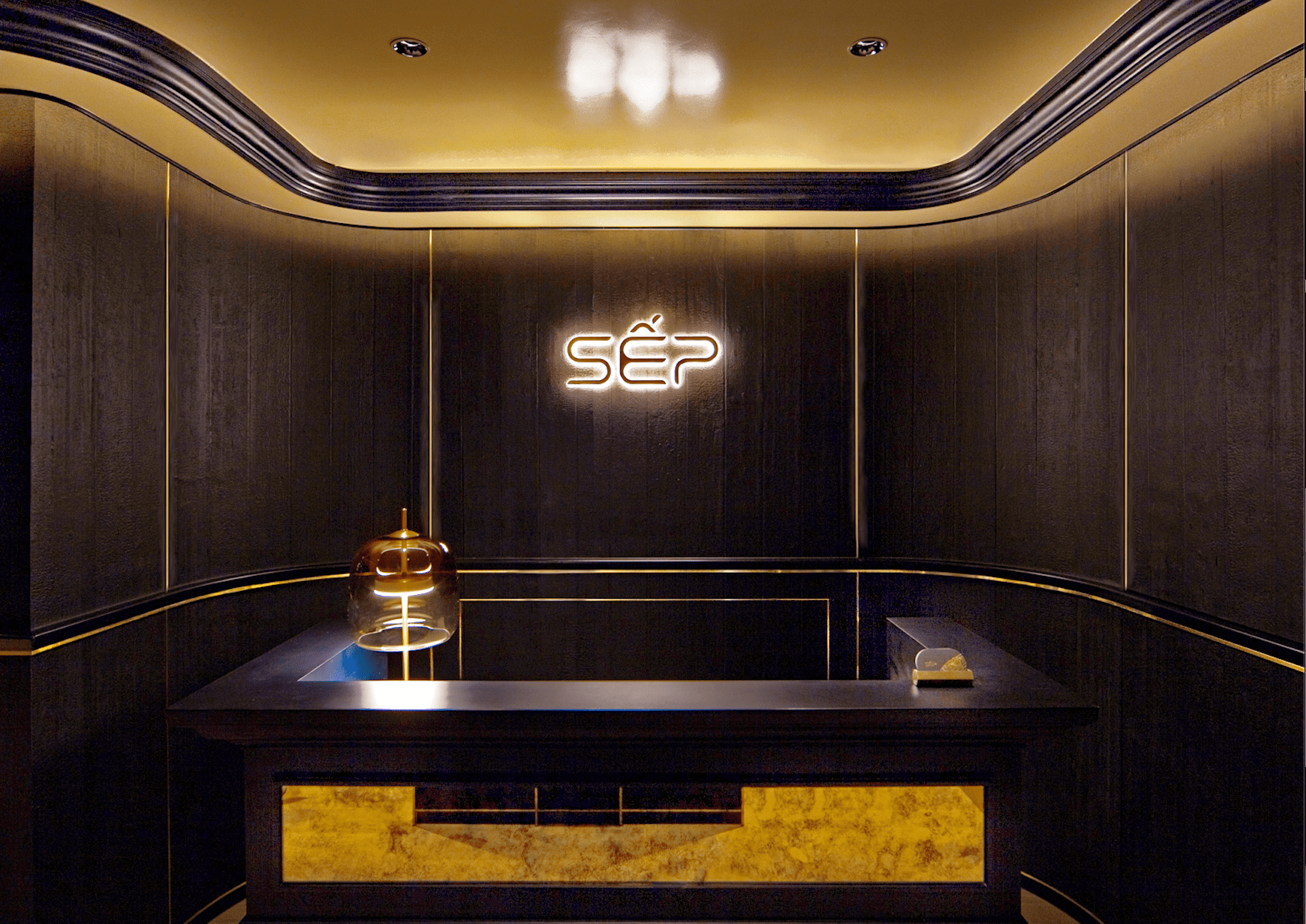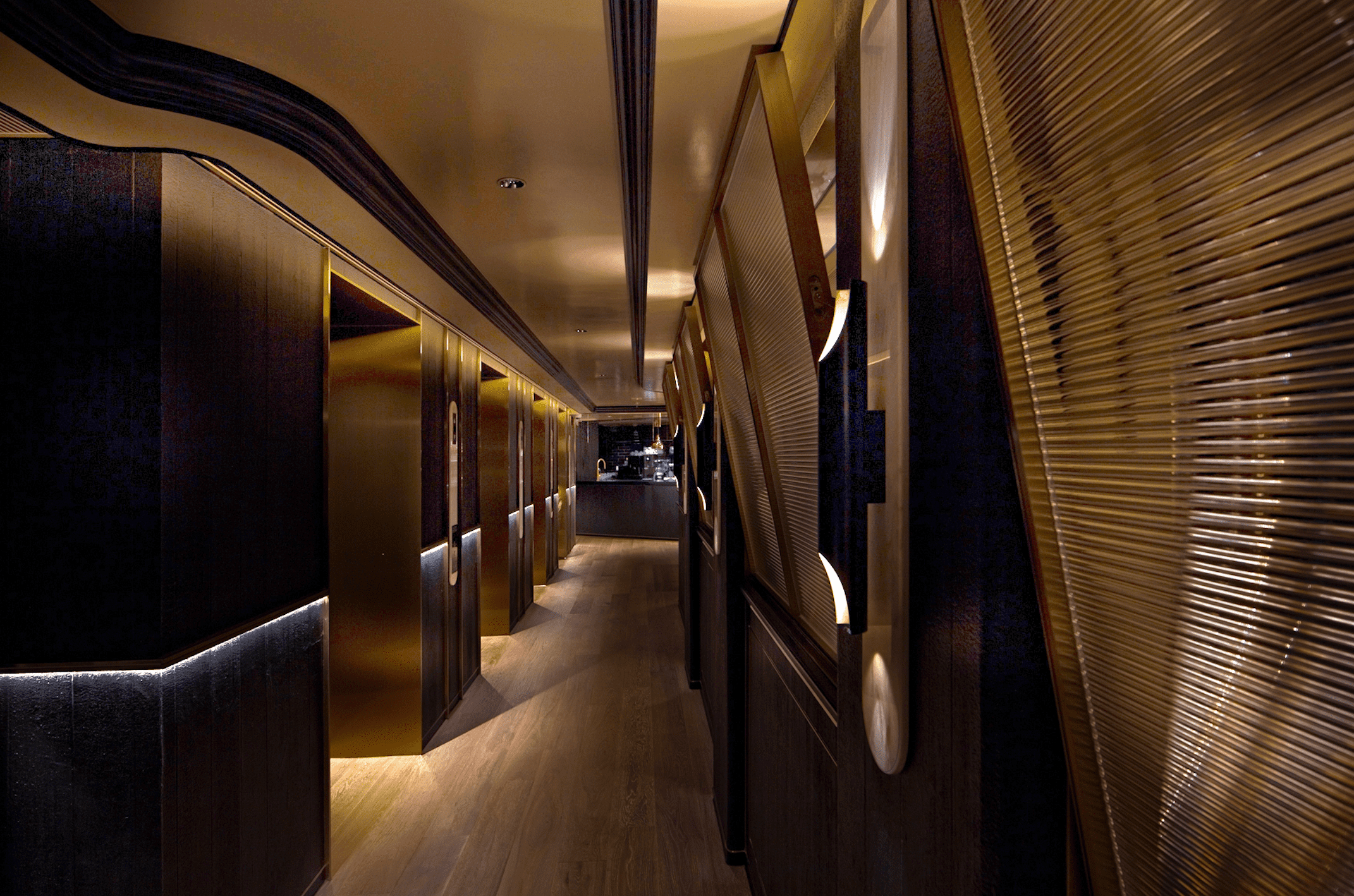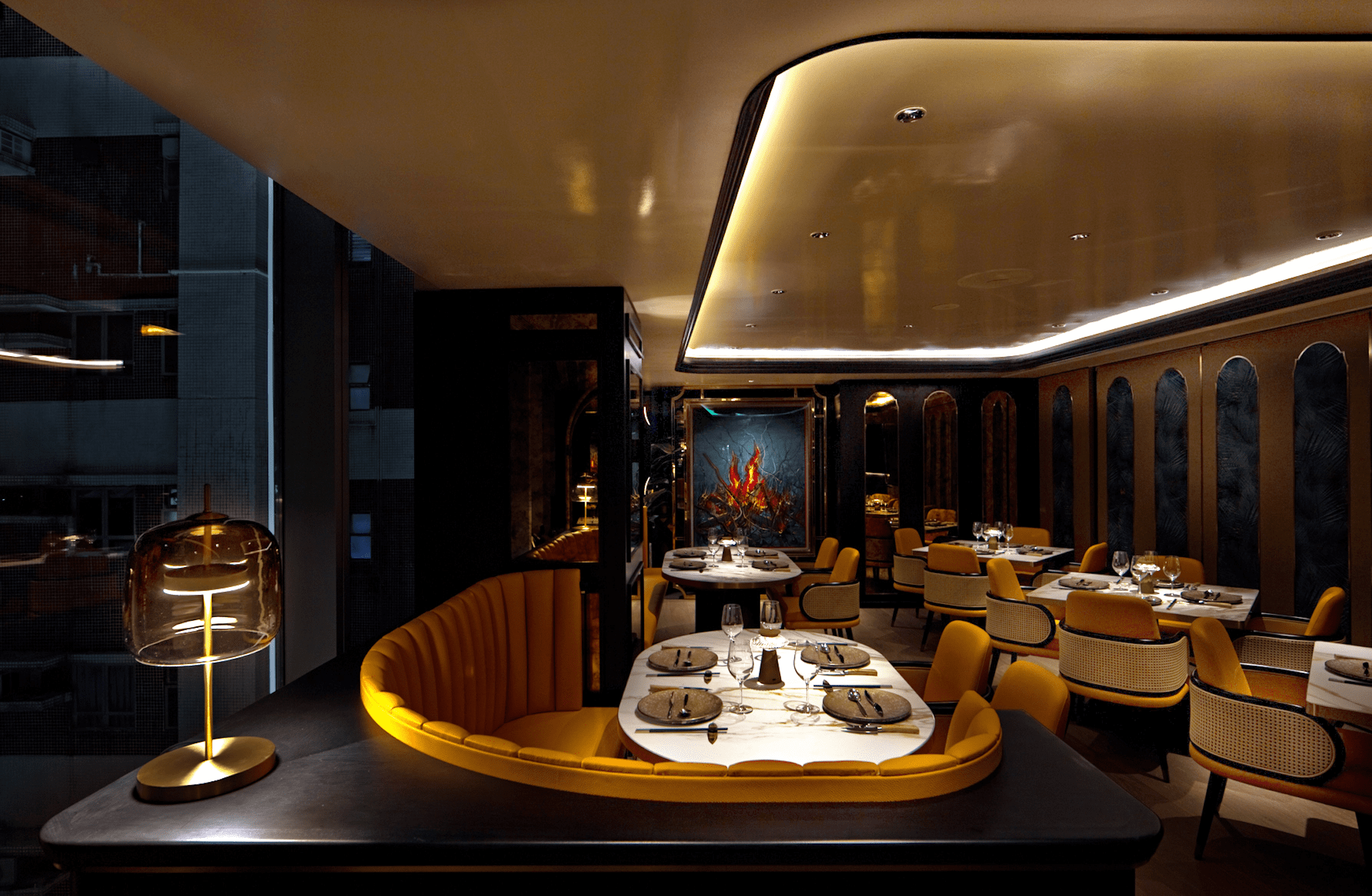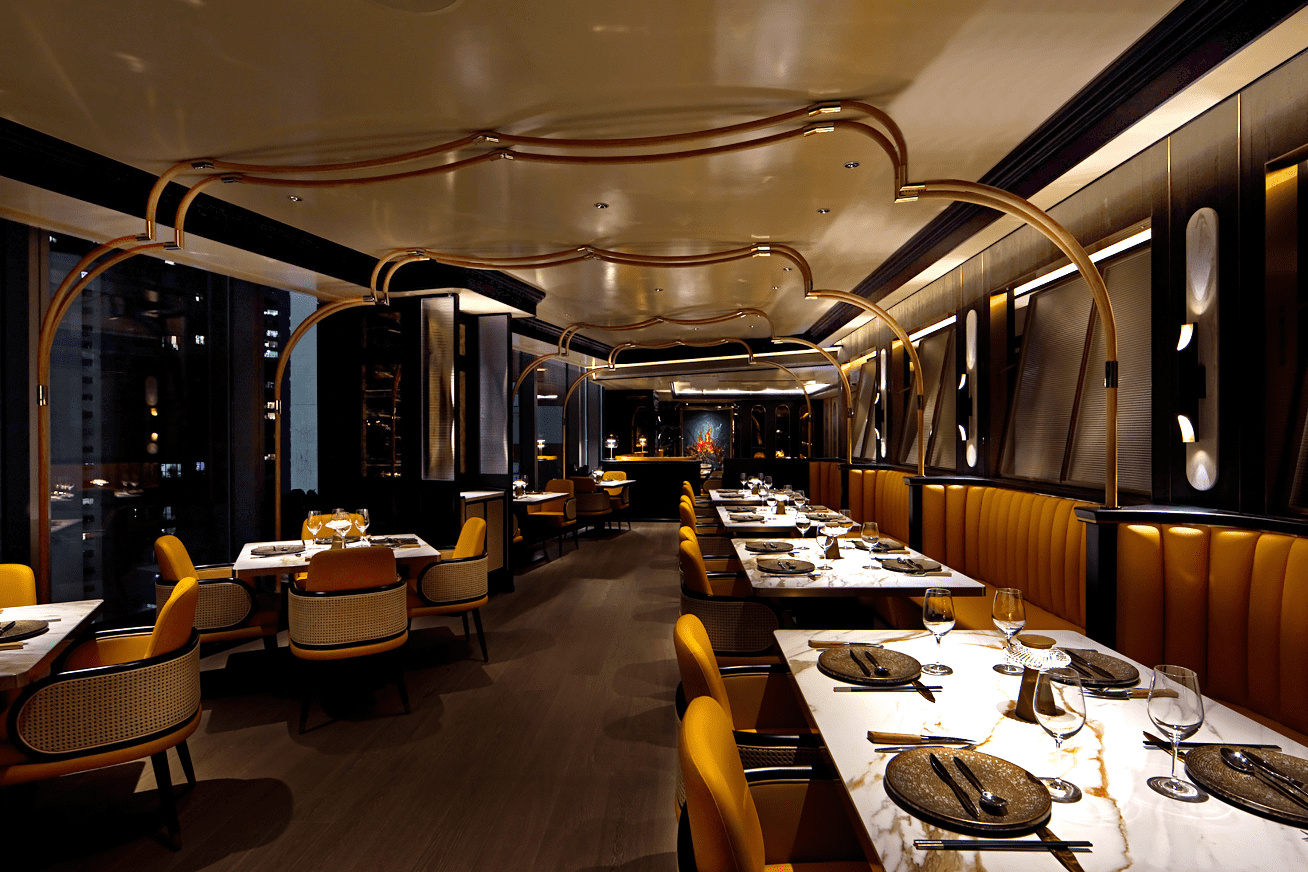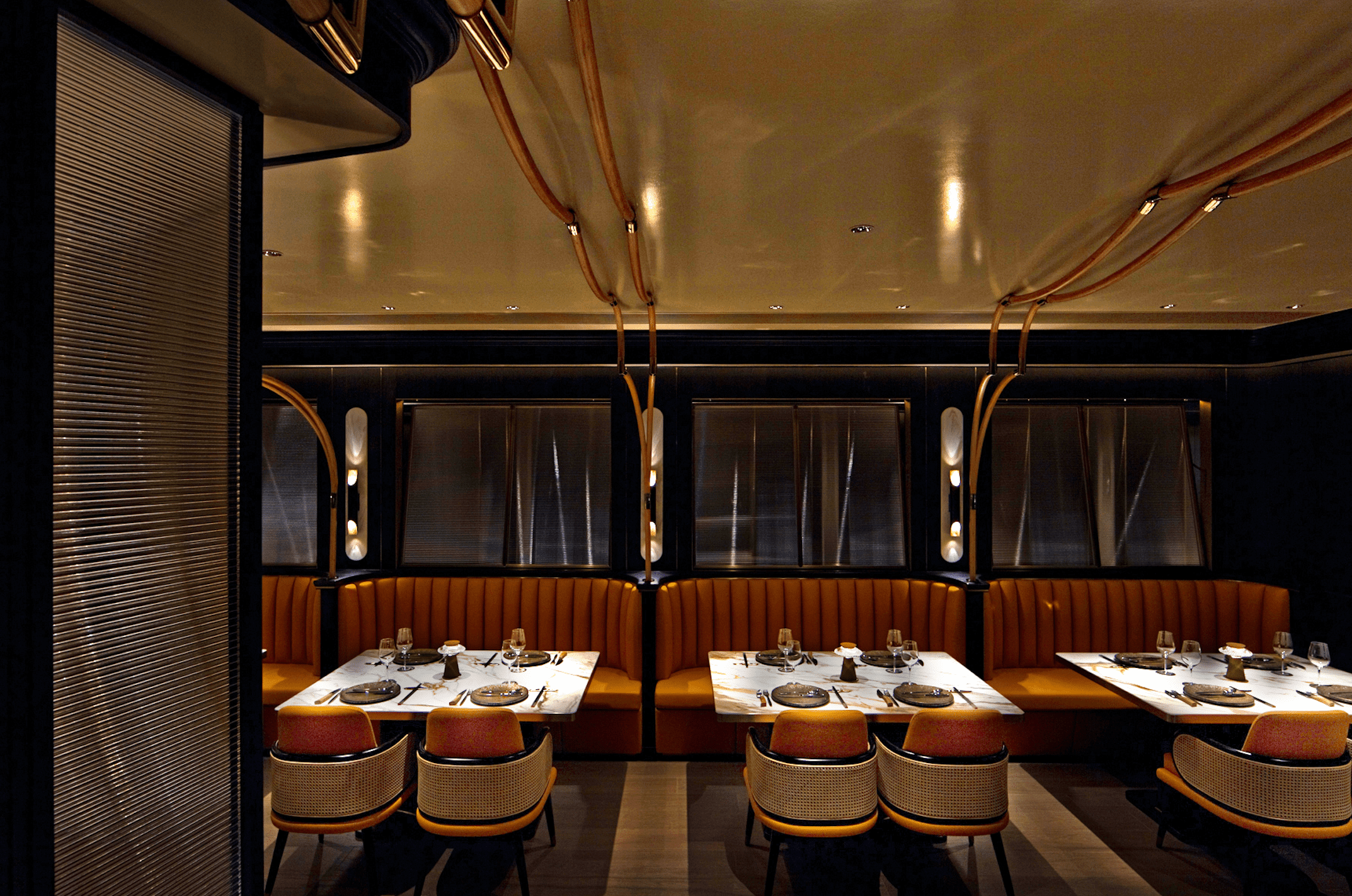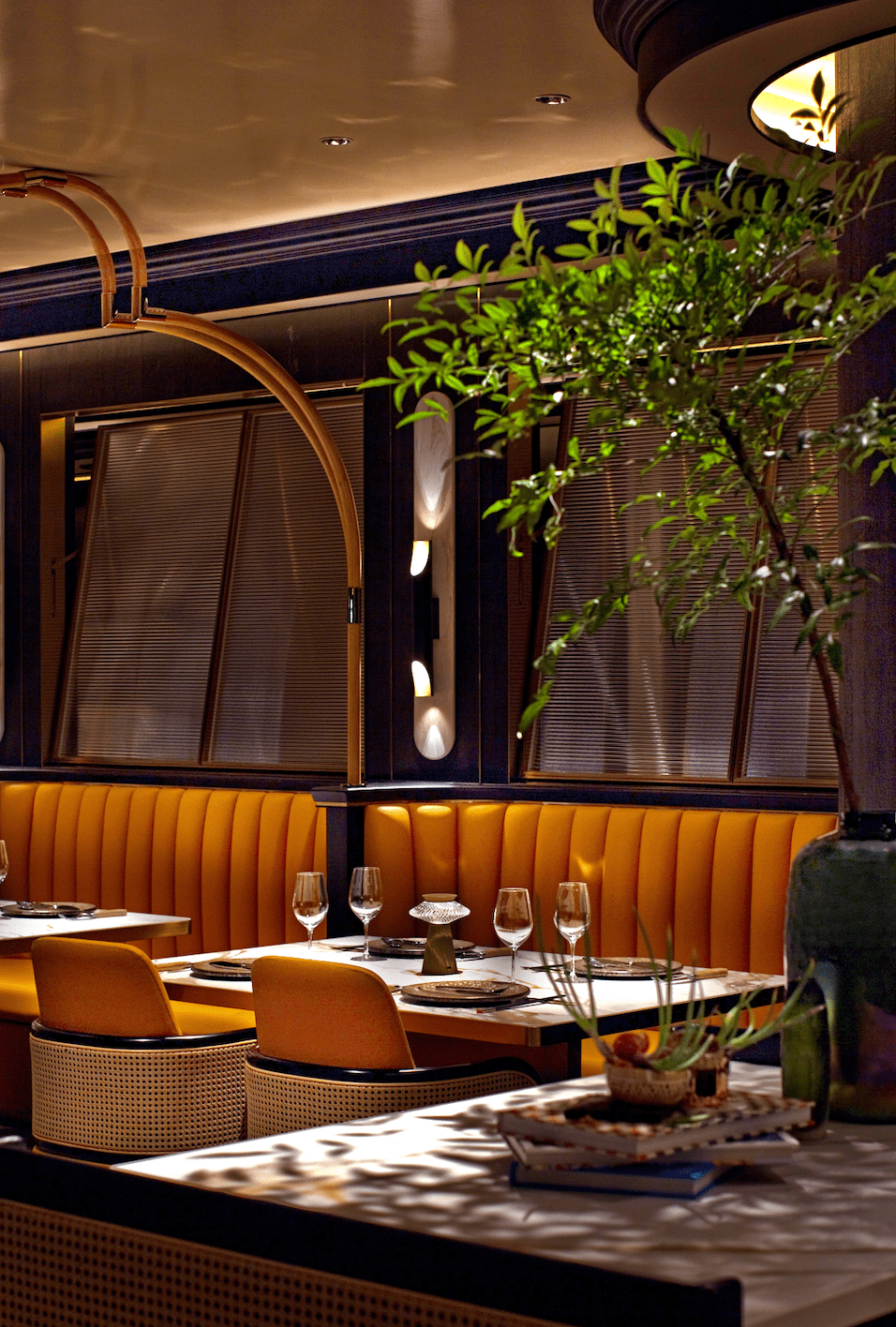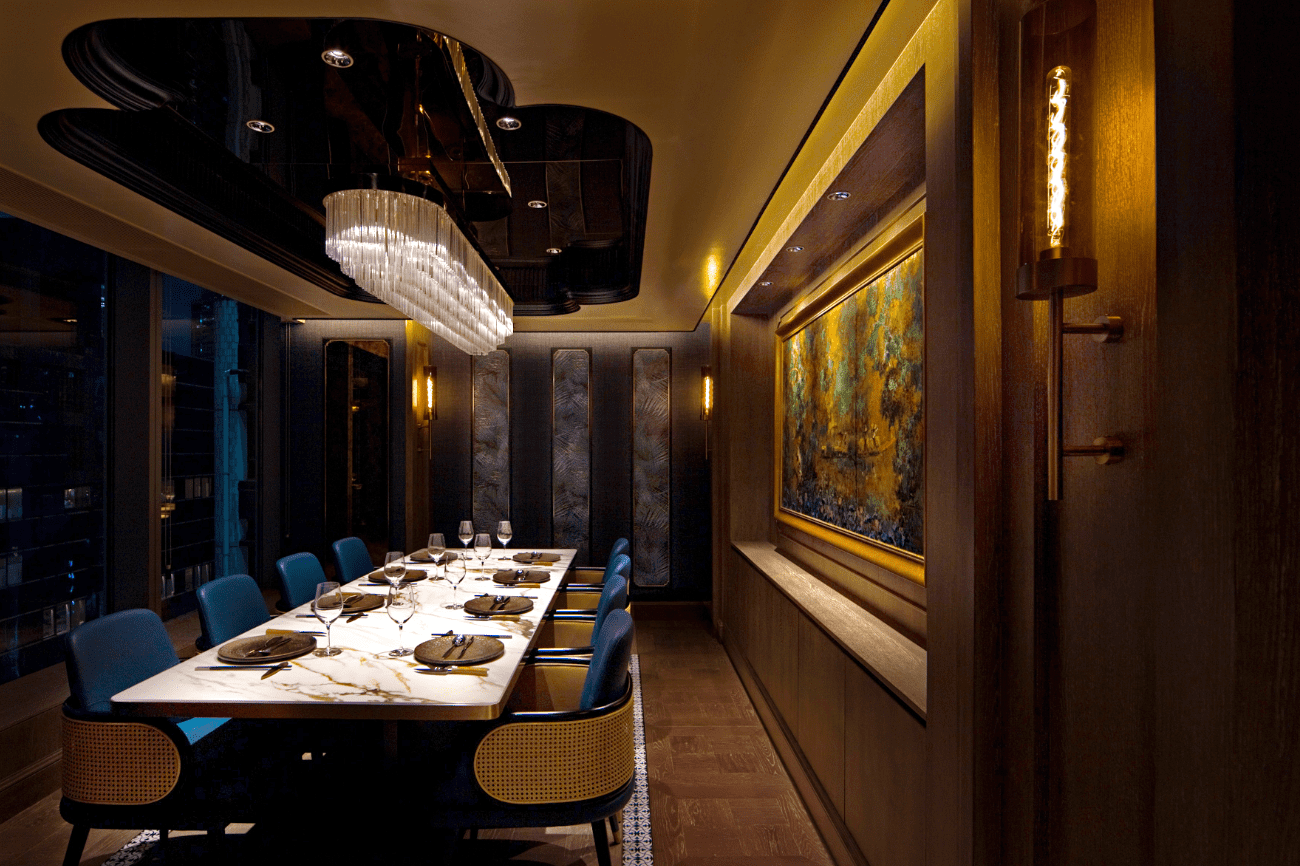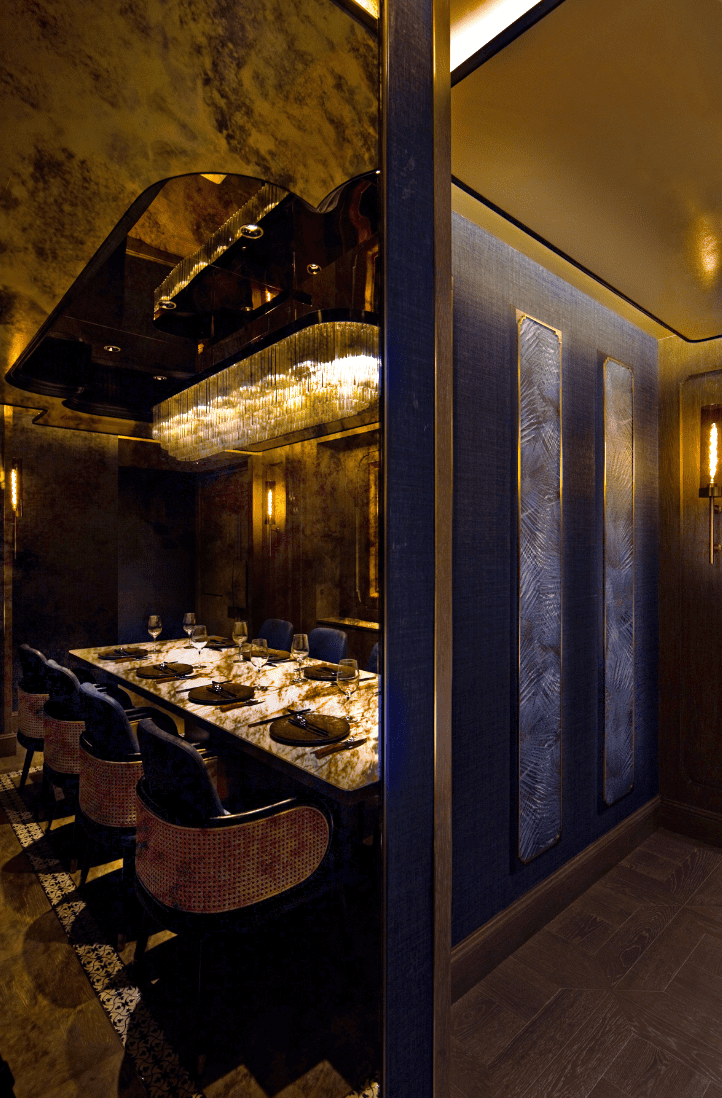Horace Pan is a prominent figure in design, renowned for his innovative approach to commercial interior disciplines and the creation of immersive spatial experiences. Horace holds a Bachelor of Arts degree in Interior Design and a Master of Arts degree in Design from The Hong Kong Polytechnic University. In 2003, he founded his award-winning design firm, Panorama, and has garnered many international awards. Most recently, Horace has bagged several awards at the APSDA Awards 2023, including “Designer of the Year”.
Currently, he serves as an associate professor of practice at the School of Design, The Hong Kong Polytechnic University, imparting his knowledge and passion to the next generation of designers. Additionally, he holds significant roles as the Chairman of the Hong Kong Interior Design Association. He was also an Executive Board Member of the International Federation of Interior Architects/Designers (IFI) from 2011 to 2014. Asia Designers Directory connects with Horace to learn about his design philosophy, project approach, and his forward-looking vision.
Can you tell us about the core principles and philosophy that drive your design work at Panorama Design Group?
The core principles and philosophy guiding our work at Panorama Design Group are rooted in the very essence of our name. “Panorama” embodies a holistic, wide-ranging perspective, reflecting our commitment to exploring diverse interior typologies. It also holds personal significance as “Pan” is derived from my surname, emphasising our dedication to adaptability and our willingness to venture into various interior spaces rather than adhering to a single, rigid focus. Our aim is to craft unique, client-centered experiences tailored to the specific needs of each project.
Our portfolio encompasses at least six or seven distinct typologies, and each year, we challenge ourselves to break down barriers between these different strategies. Suppose, for instance, we’re working on a hospitality project that involves hotels, restaurants, and retail spaces. In such cases, we aim to propose a unified design approach that takes into account layout and the overall experience. We believe that maintaining a consistent and unchanging style can limit our creativity and make our projects predictable. We want to avoid being pigeonholed into a single design style. Hence, our strategy is centered on a “百变” or ever-changing approach.
- MeeHotel, Shenzhen, China
- MeeHotel, Shenzhen, China
- MeeHotel, Shenzhen, China
- MeeHotel, Shenzhen, China
- MeeHotel, Shenzhen, China
- MeeHotel, Shenzhen, China
- MeeHotel, Shenzhen, China
- MeeHotel, Shenzhen, China
This way, we are not limited to just one type of space and can design anything from cultural and art-related spaces, traditional restaurants, kids recreational space, health-related establishments, or even innovative crossovers between medical facilities and spa-like experiences, and retail spaces. Our belief lies in the power of crafting diverse and appropriate experiences tailored to our clients’ unique needs rather than having clients conform to our predetermined style. This is our design philosophy.
What are the key principles and values that guide your team’s work at Panorama Design Group?
When we have the opportunity to explore a new typology of space, it opens the door to fresh creative possibilities. For example, several years ago, we embarked on a unique project—the renovation and upgrade of a boutique hotel in Shenzhen, China. Taking a more meaningful approach, I prioritised the understanding and research of the clientele. We deliberately set out to demonstrate the identity of a brand. In this case, the hotel is located in an area called “Bamboo Forest” in a high-rise downtown area devoid of any actual bamboo.
Acknowledging the need for business travellers to seek tranquility and concentration, we aimed to create a space conducive to concentration and relaxation. We incorporated bamboo and a thoughtful lighting scheme that allow guests to control their environment, transforming it into a man-made oasis. Our approach wasn’t about using expensive materials but imbuing them with meaning that resonated with the guests. Due to the climate in Hong Kong, I never had the chance to work with bamboo. But this project provided an opportunity to experiment with the beauty of natural materials and learn from the craftsmanship of bamboo experts in southern China. Collaborating with local artisans, we developed a unique method for fabrication, employing traditional joinery techniques. This project, known as the “MeeHotel” garnered recognition worldwide with over 15 international awards.
Our philosophy is simple yet profound: it’s not about imposing our preferred style, but about crafting tailor-made solutions that align with the specific context of each project. Our commitment to understanding the unique context of each project, adapting to the specific typology, and focusing on the desired outcomes sets the foundation for our approach. This process-driven mindset is integral to our work, ensuring that we consistently deliver meaningful, contextually relevant designs.
- Humansa, Hong Kong
- Humansa, Hong Kong
- Humansa, Hong Kong
- Humansa, Hong Kong
- Humansa, Hong Kong
- Humansa, Hong Kong
- Humansa, Hong Kong
- Humansa, Hong Kong
You have had various appointments with Hong Kong Interior Design Association (HKIDA) and the International Federation of Interior Architects/Designer (IFI). How do these roles contribute to your professional growth and approach to design?
When I first began my career in Hong Kong, it was essential not only to consider the local style but also to take into account the significant market in Mainland China. With my initial project, I decided to venture into the Chinese market, which was a club design project.
At that time, I was the member of the HKIDA and had the opportunity to attend a grand gala dinner where I cliched the award “Living Space of the Year” for my own residence. The following day, the chairman of the HKIDA approached me to join the association’s executive committee, to which I agreed. This has since marked the beginning of a journey that continues to this day.
I found the experience of contributing to the industry and expanding my network incredibly fulfilling. It allowed me to connect with various people, from government representatives to clients and suppliers, as well as fellow professionals and even students. Running an association demanded a considerable investment of time, but it also brought valuable connections and experiences. Life presents choices, and I chose to embrace this opportunity. From the interactions with design associations worldwide, I gained invaluable global perspective of the interior design industry. Over the years, I found joy in travelling, organising conferences, sharing knowledge, securing sponsorships, and fostering international collaborations. I am committed to creating a bridge between our generation and the next generation of interior design leaders. This has been a rewarding and fulfilling journey.
Could you tell us about your recent participation in the APSDA awards and the project that earned recognition? What does this achievement mean to you and your team?
I am honoured to have received five awards at the APSDA Awards 2023. Of which, two were Gold awards. The first project is called “Forkid’s Club”, situated in Shenzhen, China. The project presented a unique challenge as we had to accommodate diverse functions for children and parents, including exercise, dining and multimedia learning, in spite of a limited space.
- Forkid’s Club, Shenzhen, China
- Forkid’s Club, Shenzhen, China
- Forkid’s Club, Shenzhen, China
- Forkid’s Club, Shenzhen, China
- Forkid’s Club, Shenzhen, China
- Forkid’s Club, Shenzhen, China
- Forkid’s Club, Shenzhen, China
- Forkid’s Club, Shenzhen, China
The second Gold award was for a bookstore in China. The challenge here was the double-height space in a shopping center that disrupted customers’ ability to focus. We designed a secondary roof resembling the opening of a book to screen off views from the upper level, creating a serene and conducive reading environment.
The Silver award-winning project was for “Humansa”, a healthcare brand in Hong Kong that incorporates various functions like body check, fitness, physiotherapy, and dietetics. We created a biophilic design that focused on creating a healthy, calm environment, achieving BEAM Platinum Certification in Hong Kong. The final project that earned an award was a contemporary Vietnamese restaurant “SEP” in Hong Kong. We used bamboo and designed the space to resemble a mansion with distinct areas. The use of bamboo was not just an aesthetic choice but a representation of the cultural connection to Vietnam.
I was also awarded the APSDA Awards “Designer of the Year”. The recognition I received serves not only as a personal accomplishment but also as a testament to the importance of a professional “triangulation”, so to speak, founded on three aspects, namely professional application, industry development and education. As a practitioner and a professor, I plan to further contribute to education and research in the coming years. One significant project I’m working on is in collaboration with medical experts and product designers to explore how interior environments can aid neuroscience. I am committed to utilising my academic background to conduct meaningful research and apply design to benefit the broader public, contributing to their health and well-being. This is my plan for the next five years.
- Reading Mi, Shenzhen, China
- Reading Mi, Shenzhen, China
- Reading Mi, Shenzhen, China
- Reading Mi, Shenzhen, China
- Reading Mi, Shenzhen, China
- Reading Mi, Shenzhen, China
- Reading Mi, Shenzhen, China
- Reading Mi, Shenzhen, China
- SẾP Restaurant, Hong Kong
- SẾP Restaurant, Hong Kong
- SẾP Restaurant, Hong Kong
- SẾP Restaurant, Hong Kong
- SẾP Restaurant, Hong Kong
- SẾP Restaurant, Hong Kong
- SẾP Restaurant, Hong Kong
- SẾP Restaurant, Hong Kong
What are you working on at the moment?
We are currently working on the design of a resort hotel in China. This project is particularly intriguing because we have never undertaken a resort project from the ground up. Our approach involves close collaboration with the architects and landscape architects to shape the interior spaces. The hotel’s theme revolves around watersports to create a go-to diving spot in China. It’s essential for the resort to offer an environment that doesn’t resemble a traditional hotel but rather a vibrant and dynamic space where guests can learn, stay, and partake in watersports while immersing themselves in the natural surroundings. One of the distinctive aspects of this project is its commitment to eco-friendliness. We have emphasised circular economy principles, responsible material use, and local sourcing of materials to minimise the carbon footprint. We are exploring upcycling and utilising locally available materials to create an environmentally conscious and sustainable hotel. When the project is completed and opens to the public, it will offer not only a unique and immersive experience but also exemplify our dedication to eco-friendly design principles.
Panorama Design Group was founded in 2003. Looking back on the past two decades, could you share your vision and aspirations for the future, highlighting the evolution of your design philosophy and the firm’s direction moving forward?
We will be expanding the establishment motivated by our belief “Design for Beautiful Life” in the necessity of venturing into new horizons. Moving forward, we are committed to advancing in both depth and breadth, focusing on delivering more innovative and groundbreaking designs in the future.

